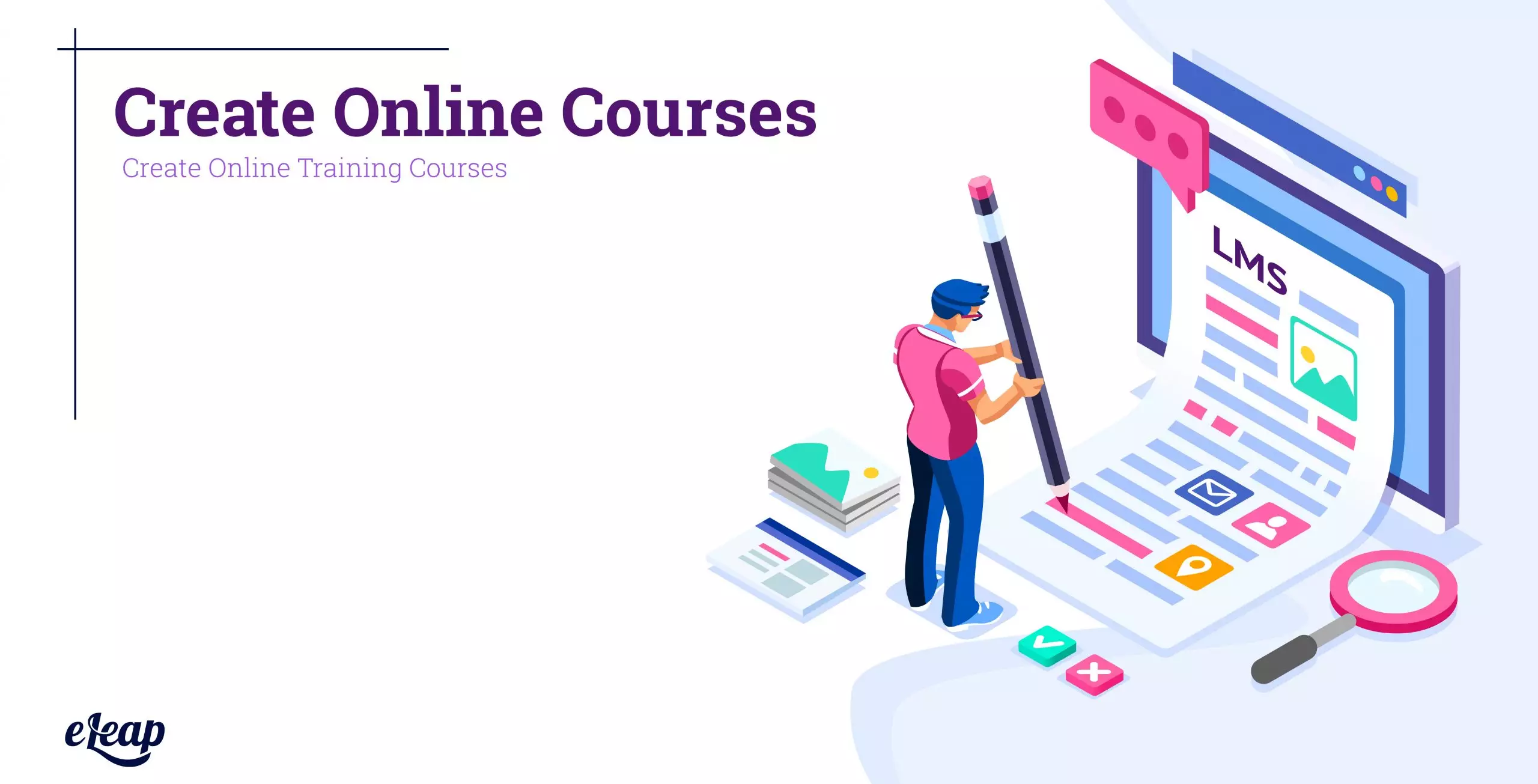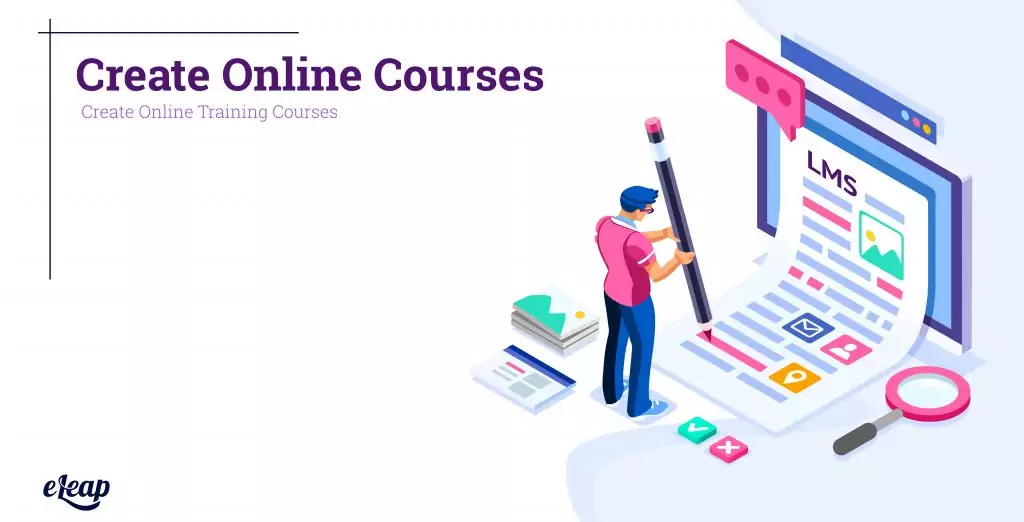Create Online Courses
What You Need to Know to Create Great Online Courses

While you can take advantage of existing content for your learning management system, custom courses offer a lot of value and benefits. However, before you begin designing anything, you need to know how to create online courses that deliver maximum value and utility for your learners without detracting from your brand. While there are only three steps involved – creation, launch, and management – each requires careful consideration and implementation.

The LMS Matters
If you intend to create online courses, you’re going to need a learning management system (LMS). There are lots of them on the market, but they’re not all the same. You must make an informed decision here, which means comparing your options on an apples-to-apples basis. Some of the key comparison points should include the following:
- Does the LMS offer the ability to customize and brand content? Not all of them will let you create online courses, so check this first.
- Is it web-based? Some LMSs must be installed on your server, but web-based systems are accessible anywhere, from any Internet-connected device.
- How cost-effective is the LMS? Some require not only an initial purchase but also charge ongoing fees for access.
- Is training available? Some LMSs come with training to help ensure that your employees can use it effectively and understand how all the features and functions work.
Once you’ve chosen your LMS, the next step is to understand the various steps required to create online courses.
Level of Branding and Customization
If you’re creating online courses, then chances are good that you want them to be customized and branded for use within your business. Does your LMS allow you to create and upload custom courses? What’s more, does it allow you to brand that content? Branding can be pretty important, as it helps tie the content to your company culture, ethics, and brand personality. It also helps create a cohesive feel and can eliminate the disconnect that occurs when your employees complete generic training programs.
Learner Grouping
Chances are good that you’ll create online courses for multiple needs. Some of your learners might need to complete mandatory corporate training, such as sexual harassment training. Others may need to complete professional CE to re-up or maintain their licensure.
You will likely also have learners who are voluntarily completing training to upskill or improve their career prospects. The right LMS can support all of these needs and more by allowing you to group learners together so that specific groups have access to particular online courses and modules. Other tools that help here include the ability to customize training plans based on individuals, positions within your company, and even by completed pre-requisite.
Break It Up
How much do you enjoy information dumps? You don’t. Neither do your learners. When you create online courses without the right structure, that’s what happens, though.
Ideally, you can break up your content into different chapters and individual lessons. Of course, doing this will require that you begin with a strategy. The good news is that it’s not all that difficult. Consider these ideas:
- Spread your key points out. Each key point can become the topic of a single chapter.
- Spread out the supporting information for each point or topic. These can become individual lessons.
- Vary the length of the lessons and the number of lessons per chapter. 10 chapters of 10 lessons each feel pretty artificial and homogenous. If necessary, break your content up even more to avoid that.
There are several benefits to using chapters and lessons rather than one big info dump. One of those is that your learners will retain information better when it’s chunked up like this. Another is that updating individual parts of the lesson/chapter is simpler, reducing the workload on your dev team.
Vary the Content Type
When you create online courses, you must mix things up in terms of content. Combine text-based course work with multiple-choice mini-quizzes, video content, animations, and gamified content. Doing so offers some pretty important benefits, including the following:
- Engagement – Using different content types helps create better engagement with your learners. The more engaged they are, the better they’ll learn, the more they will enjoy the experience, and the more information they’ll retain.
- Different Learning Needs – You need to cater to different types of learners. In your business, you’ll have visual learners, auditory learners, and kinesthetic learners. You also need to balance learning preferences by generation. For instance, Baby Boomers are more comfortable with text, while Gen Xers are happy with several different content types. Millennials prefer video-based, animated, and gamified content.
File Format and Software Usage
You must also consider the file formats your LMS accepts. Older, more limited systems only accept a few types of files, which limits your ability to create online courses that work for your needs and those of your learners. More advanced systems can accept a much wider range of file types, including audio files, video files, PowerPoint files, Word docs, Excel files, SCORM, and numerous others.
Of course, you need to base your decision here on the software used in your organization. Choosing an LMS that only accepts Open Office format files does you little good if your business doesn’t use Open Office. Choosing an LMS that works with Flash does you little good if you’ve already migrated to using HTML5.
In Conclusion
The right LMS software is central to the ability to create online courses. However, you also need to know your learners, be able to group them and be able to create content that resonates with each group. This goes beyond writing style or text length and touches on content type (text, video, etc.), but also learning style and even the reason for training, such as professional CE or voluntary upskilling.